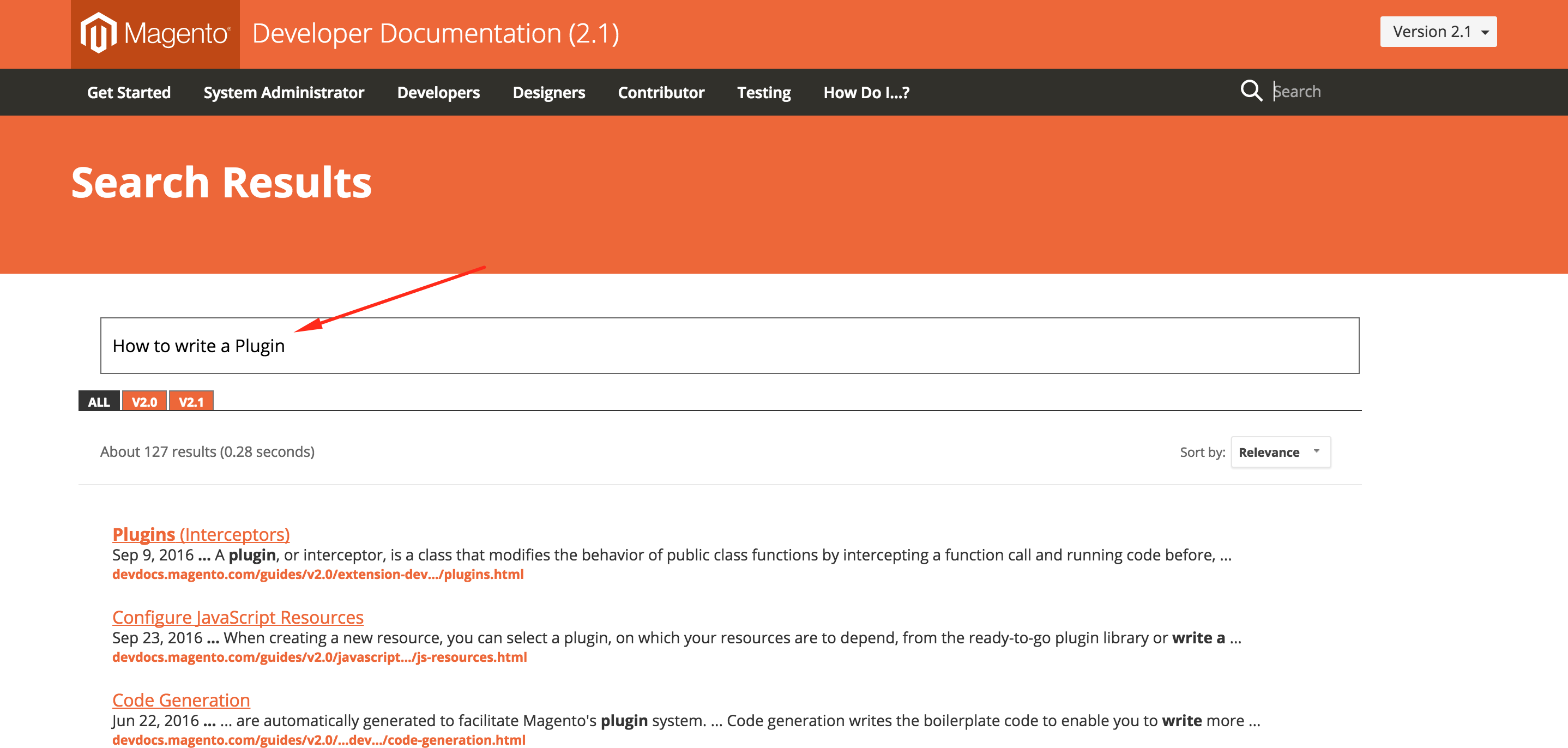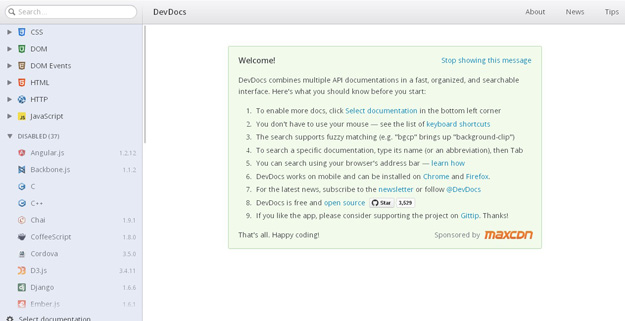

- #Magento 2 devdocs creating custom modules how to#
- #Magento 2 devdocs creating custom modules install#
- #Magento 2 devdocs creating custom modules upgrade#
#Magento 2 devdocs creating custom modules how to#
In this case, we would put nodes under the sequence node.Įach module must have this file, which tells Magento how to locate the module.

#Magento 2 devdocs creating custom modules upgrade#
Magento saves the current module’s version in a database, and if the database value and the one in the module.xml do not match, it will execute the upgrade code.ĭependencies. Every time you implement a new database change, you implement a new version of a module and change the corresponding module.xml. To track whether to execute a script or not, Magento 2 uses module versions. These scripts contain commands to modify the database schema or data.
#Magento 2 devdocs creating custom modules install#
Instead, Magento 2 has install and upgrade scripts in every module (optionally). How can you be sure that this change will happen on all instances where the code is deployed? Altering the database by direct SQL queries won’t work. For example, assume you decide to modify a table’s schema in your module. Module version indicates the current version of the database schema and data, and is used in upgrading. Because we created the folders Learning/FirstUnit, our module name will be Learning_FirstUnit and all classes that belong to this module will begin with Learning\FirstUnit – for example: Learning\FirstUnit\Observer\Test. Module name is defined by the folders we just created, because in Magento 2, class names must follow the folder structure. This file contains the following information: This file is required for the module to exist. Next, you need to create an etc/module.xml file. Make sure you have permission to create files and folders in your installation If you’re using the command line, the code would be: Let’s create the folder app/code/Learning and inside this folder place another folder: FirstUnit.

For this example, let’s name the vendor “Learning” and the module “FirstUnit”. In other words, modules are grouped into vendors, so you need to define the vendor and module names.

If you build an extension to be reused, it is better to use composer to create it, and put your module in the vendor//module-something folder.Įach module name in Magento 2 consists of two parts – the vendor and the module itself. If you build a module for a specific project, it is best to choose the app/code folder and commit to the project’s repository. Which of these locations should you choose for your new module? Create the module folder There are two possible locations for modules in Magento 2: the app/code folder and the vendor folderĭepending on how Magento 2 has been installed, core modules can either be located in the vendor/magento/magento-*folders (for composer installation) or in the app/code/Magento/ folder (for cloning GitHub). Let’s go through each of these steps in detail. Run the bin/magento setup:upgrade script to install the new module.To create a module, you need to complete the following high-level steps: Typically, the first step in creating a customization is building a module. Module is a structural element of Magento 2 – the whole system is built upon modules.


 0 kommentar(er)
0 kommentar(er)
